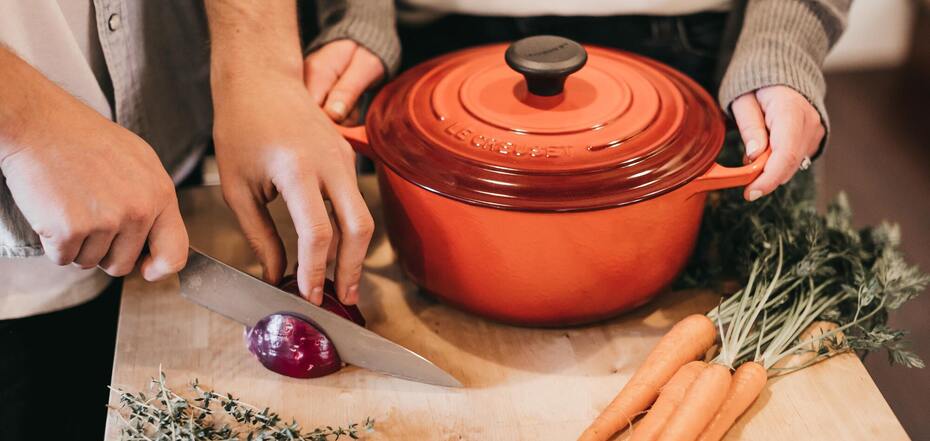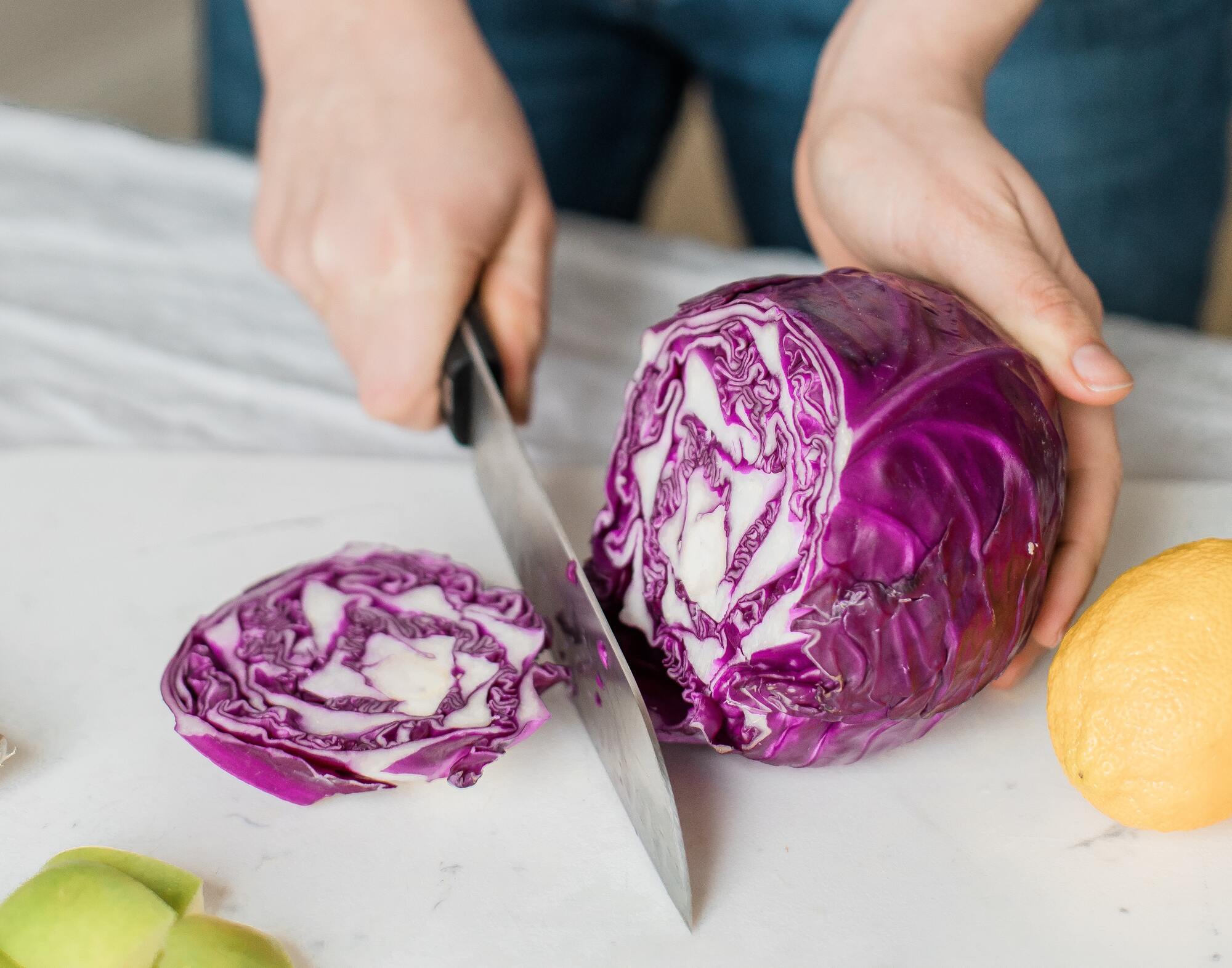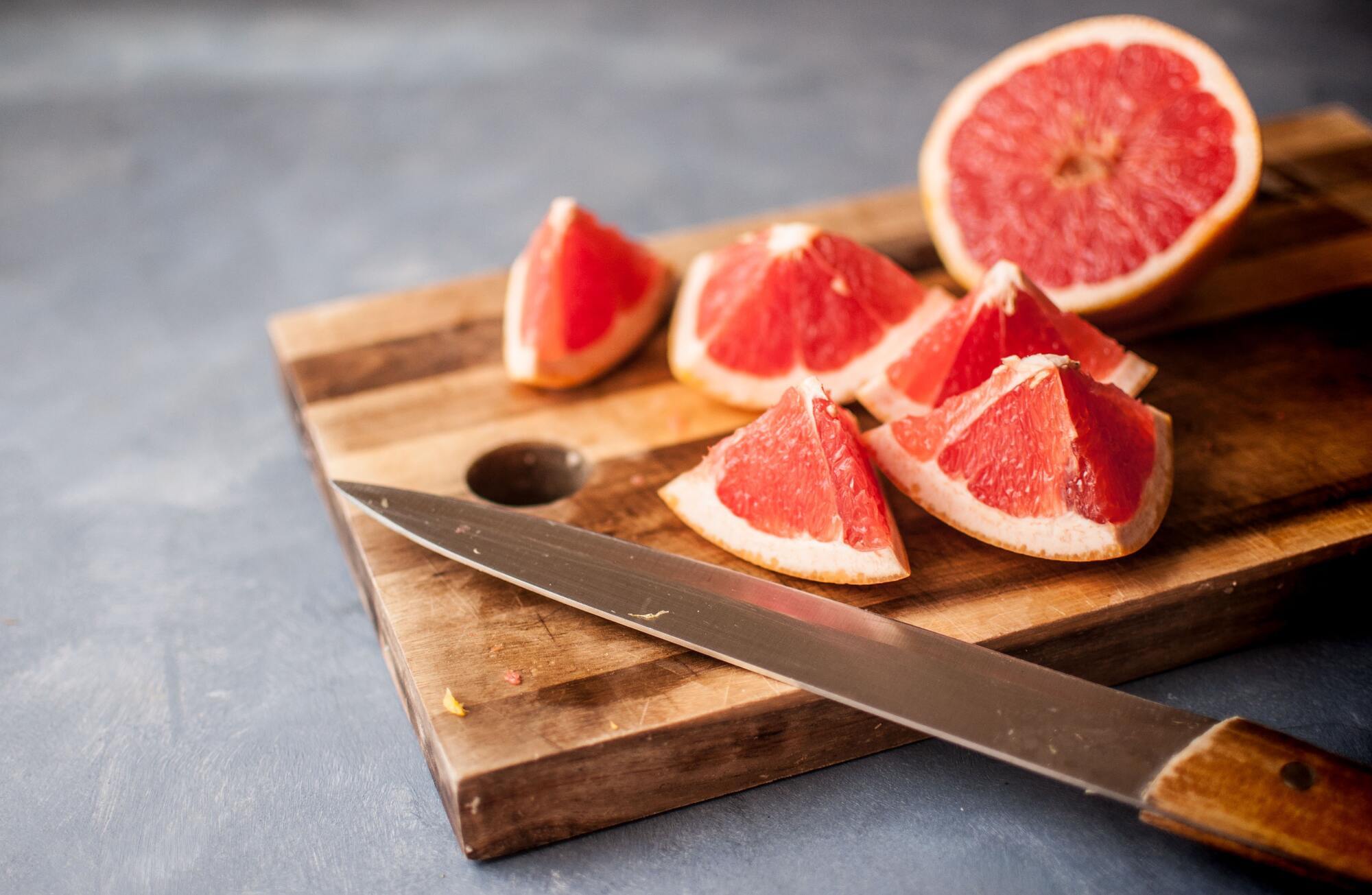LS Food
7 knives that should be in every kitchen
The knife is the undisputed king in any kitchen. The tool you work with determines how easy the cooking process is for you.
FoodOboz editorial staff tells you how to choose a good helper in the store, as well as what the main types of knives should be in any kitchen (yes, there are several).
How to choose a good knife
First of all, we advise you to always pay attention to the material from which the knife is made. The most common material from which a knife is made is steel. It comes in several types.
- Damascus steel. The best knives in the world. Such knives are very durable, do not dull for a long time, do not rust, do not darken, and are not covered with stains. True, a real Damascus steel knife can be purchased only from a blacksmith in some remote Japanese or Chinese village. But if you come across one, take his knives without hesitation.
- Low carbon steel. Such knives are quite cheap, but at the same time quickly dull, covered with stains, and often give products a metallic flavor. It is very difficult to sharpen such knives, so they are often called disposable.
- High-carbon steel. Such knives are of much higher quality. First, they remain sharp for a very long time, secondly, do not rust, thirdly, their price is many times lower than that of knives made of Damascus steel.
And then there are ceramic knives. Ceramic is light, the blade does not dull for a long time, does not darken, and does not give extraneous flavors to food. But such knives are very easy to break, so they should never be dropped.
Basic knives
- Chef's Knife. A universal knife with a wide blade, which should be in every kitchen. The length of such a knife can be from 15 to 30 cm. If you buy a Chef's knife, take a length of 21-24 cm – in our opinion, this is the most optimal length. It is very convenient to cut vegetables, meat, and fish with this knife, you can cut chicken, and crush garlic, and if you don't have a hammer at hand, you can use the handle of a chef's knife to chop fillets.
- Peeling knife. A small knife with a thin blade 8-10 cm long. An indispensable knife for small jobs: you can easily peel fruits and vegetables with it. There are two types of peeling knives. The first – a curved shape, is an alternative to a vegetable peeler, and the second – with a straight blade, is the most common.
- Fillet knife. A long knife (usually 18 cm) of medium thickness. Ideal for cutting meat and fish: this knife has a very sharp tip, which helps to cope with cutting out bones and cutting bird carcasses. It is also very convenient to cut meat, cheese, fish, and fruit with this knife.
- Bread knife. The serrated knife is about 15 cm long. The serrated blade is ideal for cutting fresh bread: it does not crumble the hard crust, but at the same time does not crumple the soft middle. This knife is also ideal for slicing peeled pineapple, watermelon, and melon.
Additional knives
- A cleaver. Aka hatchet, aka butcher's knife. A large rectangular blade 17-18 centimeters long (although sometimes you can also find a hatchet 30 centimeters long), which perfectly copes with both cutting meat and chopping other products. Some chefs sometimes use a cleaver instead of a chef's knife, slicing vegetables, fish, and meat with it.
- Cheese knife. A 15 cm long knife with fine serrations on the edge and indentations in the blade. The serrations make slicing easier and the holes are to prevent the cheese from sticking to the knife when slicing. At the end of the cheese knife can be a double-toothed fork, which is convenient to transfer slices of cheese from the board to the plate.
- Tomato knife. A thin knife is 12-13 centimeters long. On the edge of the blade of such a knife there are small teeth, which help to cut the dense tomato skin, but at the same time do not squash the soft core. With this knife, in addition to tomatoes, you can cut any fruits and vegetables with hard skin and tender flesh.





























